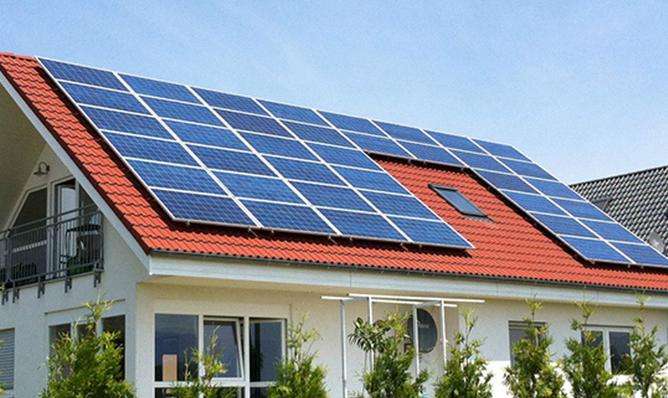The inlet air temperature is too high or the inlet water temperature is too high and the chiller is blocked. The inlet air or water temperature must be lowered to eliminate blockage in the cooler. Before the fault is cleared, the generator load must be limited to reduce the generator temperature.
If the bearing is filled with too much or too little grease, grease should be added according to regulations, generally 1/2 ~ 1/3 of the bearing chamber (the upper limit is used to low speeds, and the lower limit is used for high speeds). And it is recommended not to exceed 70% of the bearing chamber.
Bearing wear. If the wear is not significant, the bearing will overheat locally; if wear is severe, the stator and rotor may rub against each other, causing the stator and rotor to overheat. The wheelsElements should be checked for noise. If friction between the stator and rotor is detected, the machine should be stopped immediately for maintenance or replacement of the bearings.
Detailed information:
The main motor (i.e. motor) drives the rotor of the synchronous generator excited by direct current to rotate at a speed n (rpm), and the stator winding three phase induit an alternative potential. If the stator winding is connected to an electrical load, the motor will produce alternating current. The alternating current will be converted to direct current through the bridge rectifier inside the generator and output from the output terminal.
The alternator is divided into two parts: the stator winding and the rotor winding. The three-phase stator winding is distributed across the housing at an electrical angle difference of 120 degrees to each other. is composed of two polar claws. When the rotor winding is connected to direct current, it is excited and the two pole claws form the N pole and the S pole.
The magnetic field lines start from the N pole, enter the core of the stator through the air gap then return to the adjacent S pole. Once the rotor turns, the rotor windings cut the magnetic lines of force, generating a sinusoidal electromotive force with a differentialmutual ence of 120 electrical degrees in the stator windings, that is, three-phase alternating current, then converted to direct current output via the rectifier element made of diodes.
Baidu Encyclopedia - Car Generator
Common reasons and solutions for generator failure to produce electricity:
>1. Reasons: Wiring error. .
Treatment: Check and correct according to the wiring diagram.
2. Reason: The speed is too low.
Processing: Measure the rotation speed and keep it at the nominal value.
3. Cause: There is mud or oxide on the wiring joint between the stator winding and the generator power distribution equipment, the wiring screws are loose, the connecting wire is broken and the stator winding is broken.
Treatment: Use a multimeter or light test method to find out where the disconnection is. Check the conxion and contact of each wiring screw.
4. Cause: The field circuit is disconnected or has poor contact.
Processing: UsageUse a multimeter to find out where the broken wire is, re-solder the broken wire firmly and wrap it to insulate it.
Detailed information1: Under normal circumstances, due to the influence of high-order harmonics or manufacturing processes, the air gap under each magnetic pole is uneven and the magnetic potential is uneven , which results in very low voltage. If the voltage is between one and several volts, it is not dangerous and there is no need to handle it.
2: The generator winding has a short circuit or poor insulation to the ground, which causes the performance of the electrical equipment and generator to deteriorate and easily generate heat. It must be repaired in time to avoid expansion. the accident.
3: HeThere is no voltage between the neutral line and ground when there is no load, but voltage appears when there is a load. This is due to the imbalance of the three phases. the load must be adjusted to make it fundamentally balanced.
The generator current is too large
1: The load is too large, the load must be reduced.
2: If a phase short circuit or ground fault occurs in the transmission line, the line should be inspected and restored to normal after the fault is cleared.














